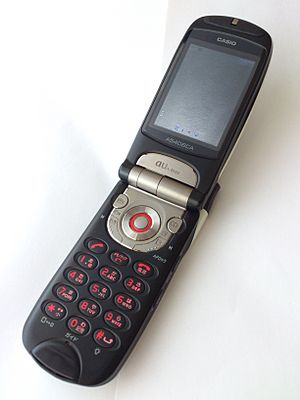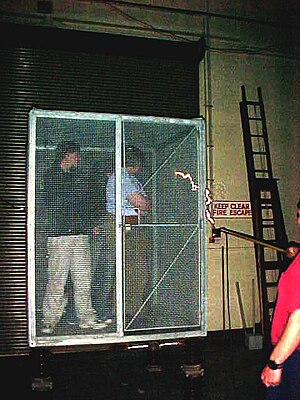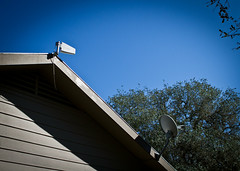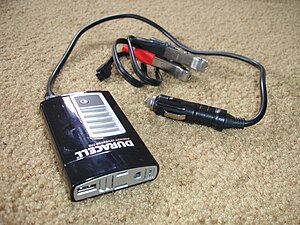Shopping is just one of the many exciting opportunities at SCA 50 Year. You’ll be able to find a very wide range of goods for sale, from supplies to “make your own” to fine finished goods that can only be found at larger SCA events. Whether you are looking for buttons to finish off an accurate piece of period clothing, complete ready-to-wear clothing, dress pins, armor, looms, chairs, jewelry, or any of thousands of other items to complete your kit or camp, chances are Merchants have something for you. Looking for a present for a pet sitter or one left at home – 50 Year Merchants can make your experience complete.
Amicia’s Amenities
Another Time Jewelry
Argent Fox
A’s Round Pottery
Ash and Griffin Pottery
Auntie Arwen’s Spices
Badger Creek Studios
Blue Dragon Glass
Board and Basket
Bucky Stuffe
By My Hand Designs
Calontir Trim
Celtic Wolf
Cloak and Dagger
Costume Ladies
Crimson Chain Leather Works
Darkwood Armory
Drachenstein Treasures
Dragon Scale Jewelry
Egill’s Woodstuffs
Elk Ridge Archery
Eriksen Exclusives
Fire Horse Pottery
Firedryk Steel
Four Seasons Tentmasters
Fudge Haven
Garb by Gwen
Giggling Wenches Handcrafts
Glier Meats
Good Girl Gone Bead
Green Mountain Leathercraft
Grey Goose Bows
Gryphon Furniture
Gulf Wars Bakery
Hammer, Fordge & File
Hannish’s Dreck
Hero’s Haven
Historical Glassworks
House of Avalon
Ice Falcon Armory
Irontree Works
It is What it Is
Jacob Gansneder
Jadi’s Silk Road
Jondalara’s Designs
Known World Treasures
Livingston Jewelers
Mostly Middle Eastern
Munitions Grade Arms
North Star Armoury
Odyssey Coffee- Food Vendor
Palmyra Traders
Past Tyme Perfumerie
Raymonds Quiet Press and Boots by Boheomond
Renaissance Arts and Design
Renboots
Revival Leather
Sartor
Snow Hawk Crafts
Starlit Studio
Tea & Comfort
The Amber Fox
The Basketman
The Haunted Bookshop
The Silk Shop
The Treasury
TLC Leathercraft
Tomas the Lapidary’s Jewelery
Traders of Tamerlane
Viking Archery Supply
Violent Discord LLC
White Wolf & The Phoenix
Wood and Antler
Ye Olde Soap Box





 cell phone antenna window booster
cell phone antenna window booster
 The way to choose a Right Mobile Signal Booster
The way to choose a Right Mobile Signal Booster

 What is a Mobile Signal Booster for?
What is a Mobile Signal Booster for?






